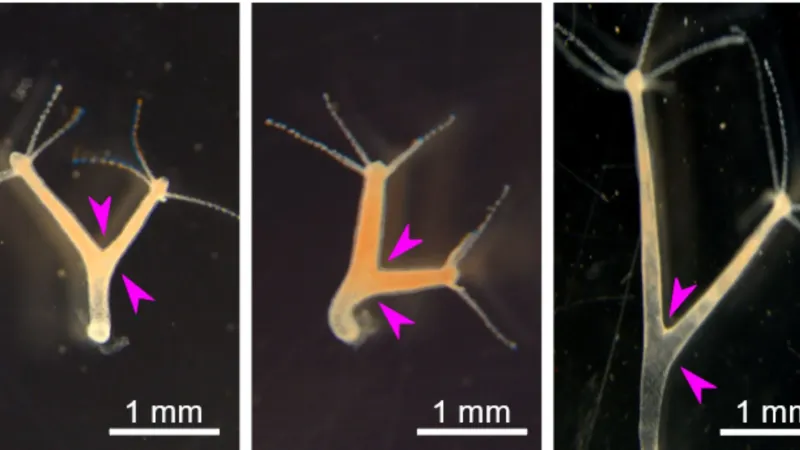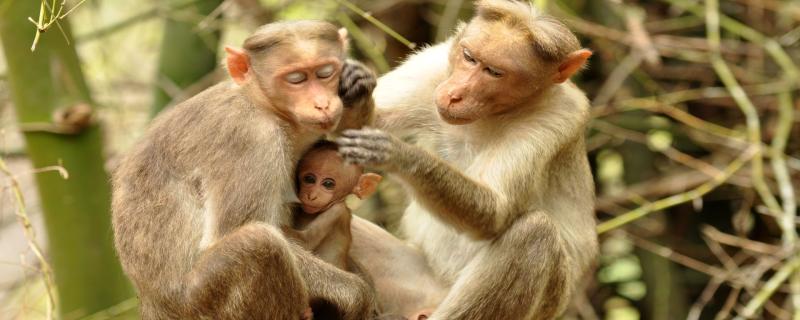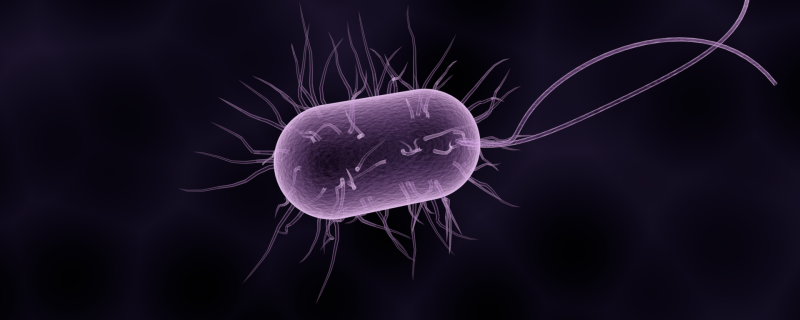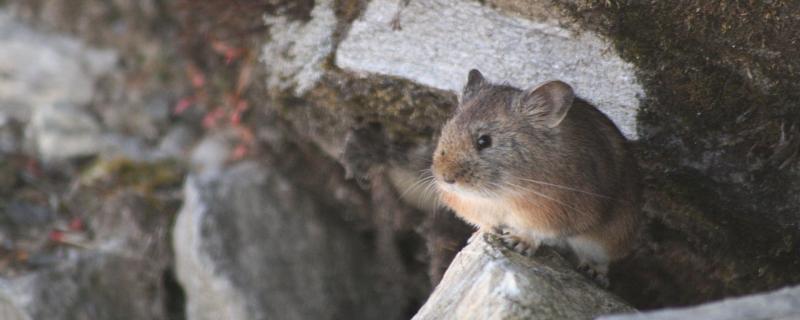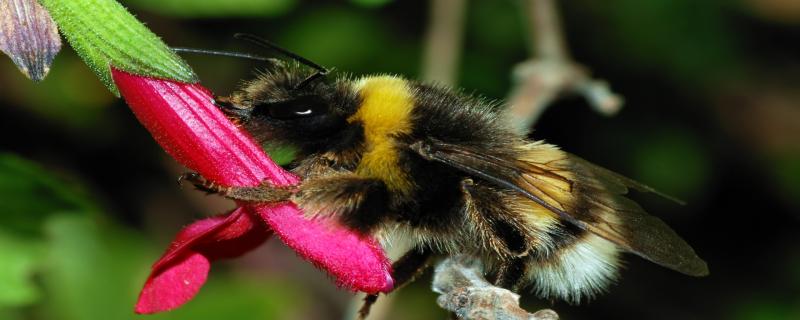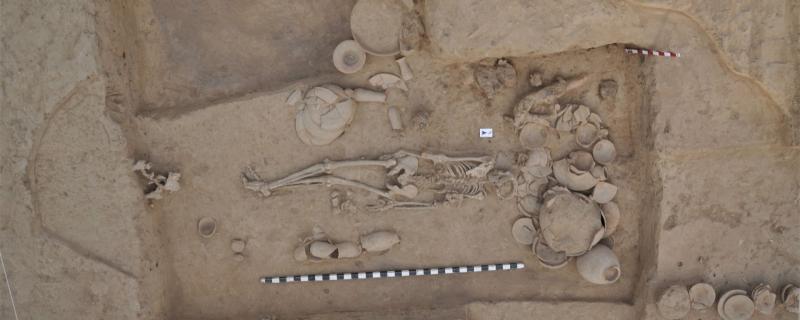Humans have evolved a complex system of communication expressed through language and primates are perhaps not far behind. Basic signals like facial expressions, gestures and vocalisations, used to share information, are used by humans and other primates. In a new study, researchers from the National Institute of Advanced Studies, Bengaluru, have investigated and compared gestural communication in wild bonnet macaques (Macaca radiata), to those in other apes.
Archives
In a press announcement released yesterday, India has now joined 16 other countries as a Member of the Global Antimicrobial Resistance (AMR) Research and Development (R&D) Hub. For a country that ranks the highest in antibacterial resistance, this move expands global partnership opportunities to address challenges and improve collaboration in addressing the growing epidemic of antimicrobial resistance.
The Indian krait is undoubtedly the deadliest of all venomous snakes in the country, and possesses the most lethal concoction of poisons. In a study, a multi-institute research team, led by the Translational Health Science and Technology Institute (THSTI), Faridabad, have designed a synthetic antivenom with a nucleic acid aptamer which can diagnose Indian krait bites accurately and effectively.
India, the world’s capital of diabetes, has an escalating diabetes epidemic. Diabetes, a non-communicable disease, affects about 8.7% Indians today, and this number is predicted to hit 70 million by 2025 and 80 million by 2030. Although the exact reasons for this rapid rise in diabetes in the country are not yet clear, experts blame it on multiple factors. In a recent study, researchers from the USA, Germany and India have investigated the status of diabetic care among Indian adults. The findings, published in the journal BMC Medicine, present a grim picture of diabetes management in different states and socio-demographic groups in India.
Antibiotics, drugs used to treat bacterial infections, have been pivotal in curing many bacterial diseases since its discovery in 1928. However, an emerging threat to using them is the rise of bacterial strains that are resistant to antibiotics. In a recent study, a team of researchers have used Drug Resistance Index (DRI) to measure the effectiveness of antibiotics against specific bacteria.
भारतीय तंत्रज्ञान संस्था मुंबई (आयआयटी बॉम्बे) आणि युनिव्हर्सिटी ऑफ बर्मिंघम,युके येथील संशोधकांना मूत्रमार्गाचे असंतुलन (मूत्रविकार) असणाऱ्या लोकांच्या अडचणी अधिक चांगल्या प्रकारे समजून घेण्यास मदत होईल अशी अशा आहे.
It’s getting tougher for the Royle’s pikas to survive in the Himalayas. But, these tiny, herbivores wouldn't move as they are particular about where they live. Restricted to rocky, mountainous terrains, they are now facing the wrath of rising temperatures and fluctuating environments. What would become of them in a few more decades? Can these fussy relatives of the rabbit find new homes and thrive? A new study by researchers from the Indian Institute of Science, Bengaluru and the Wildlife Institute of India, Dehradun tries to find out what the future holds for them, and that the findings are not good news.
Killer whales, also known as killer dolphins or orcas, are toothed-whales belonging to the Delphinidae family. Being the largest of oceanic dolphins, nothing in the sea dares to hunt them. Killer whales are often mistaken to be ferocious enough to kill any whale and human, earning them the name ‘killer' . But, did you know that these ‘sea pandas’ are far less violent?
হিমালয়ৰ অধিক উচ্চতাত বনৰীয়া আৰু কৃষিজাত উদ্ভিদৰ পৰাগযোগত ভোমোৰাৰ বিভিন্ন প্ৰজাতিয়ে উল্লেখযোগ্য ভূমিকা পালন কৰে। এই অঞ্চলত ইয়াৰ উপস্থিতি অতি মহত্বপূৰ্ণ কাৰণ আন বহু পোক-পতংগ এই ঠাইত বাচি থাকিবলৈ অক্ষম। ভাৰতত ভোমোৰাৰ প্ৰজাতি সমূহৰ বিস্তৃতিৰ বিষয়ে বিষদ গৱেষণা হোৱা নাই। হিমালয়ৰ পশ্চিম আৰু কেন্দ্ৰীয় অংশত ইহঁতৰ বিস্তৃতিৰ বিষয়ে কিছু অধ্যয়ন হৈছে যদিও পূৱ-হিমালয়ৰ কঠোৰ জলবায়ুৰ
We have all heard of the Indus Valley Civilisation.It is well known for its granaries, drainage systems and systematically planned cities like Harappa and Mohenjodaro. However, not much is known about its rise and fall; although there are various theories. In a pair of new studies published in the journals Science and Cell, a consortium of international researchers, including those from India, have tried to decipher the origins of present-day Central and South Asian people. They have used recent advances in genetics to extract and analyse genetic material (DNA) from the remains of several ancient populations, including people from the Indus Valley Civilisation.
